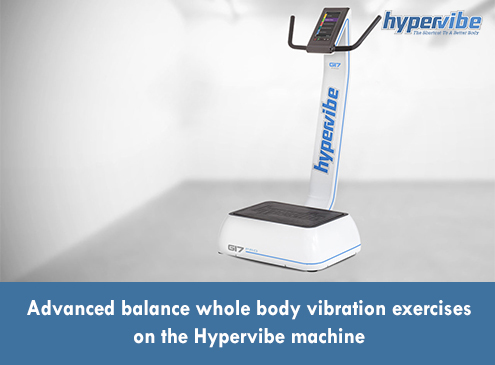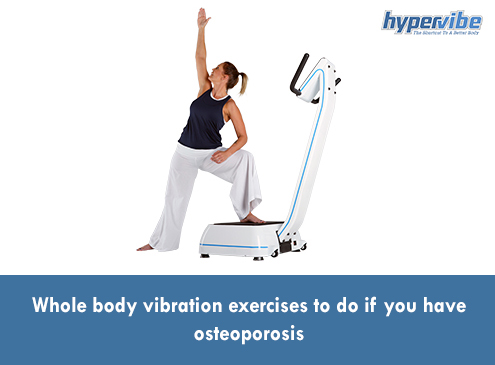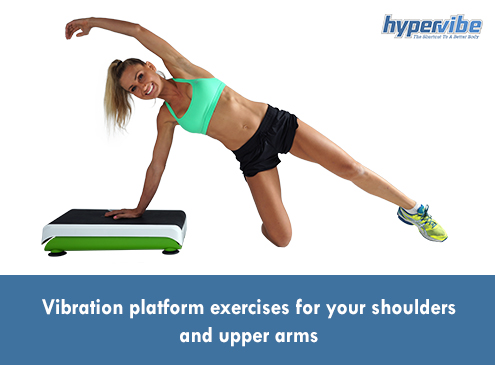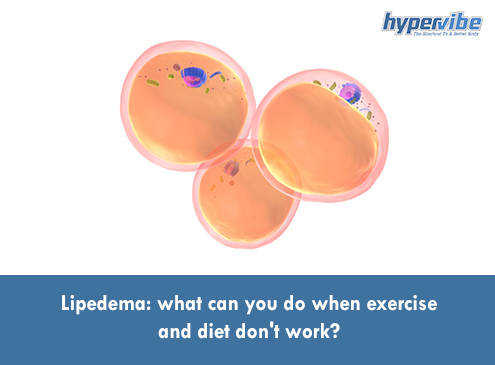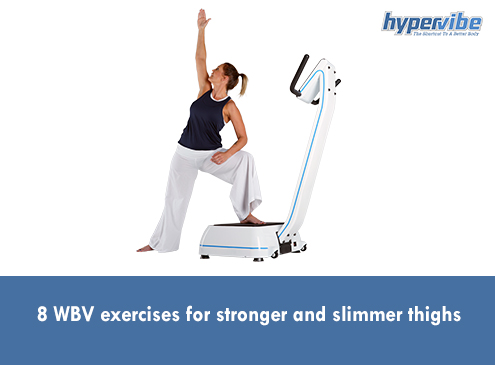6 Plus Strengthening and Balancing Fall Prevention Exercises That Work
If you have an elderly loved one and you’re worried about them falling, you’re not alone. The Centers for Disease Control estimates that every year, three million older people enter emergency rooms for injuries as a result of falls. These falls can be minor or major, with the major consequences being broken bones and fractures, head injuries, or even traumatic brain injuries. Of course, no one would like to go through this experience and luckily, falls can be prevented. This can be done by following the right fall prevention exercises. In this article, we cover the risk factors associated with falls and offer a few useful exercises that your elderly loved one can do in the comfort of their own home to help improve their strength and balance. Let’s take a closer look.
What are the risks of falls?
In general, there are two main types of risks that can make a person more prone to falls. The first is external or extrinsic factors such as one’s immediate environment. The second is internal or intrinsic factors which are a direct reflection of a person’s physical state and condition. Although falls can happen to anyone and everyone, older people above 65 are more prone to these due to internal risk factors, which may include the following:
- Weaker muscle strength, particularly in the legs/lower body
- Poor balance and feeling unsteady when walking or standing
- Dizziness/lightheadedness
- Loss of consciousness including black-outs or fainting
- Pain and deformities related to one’s feet
- Cognitive impairments such as memory loss, confusion, and problem-solving (dementia)
- Problems with one’s vision and hearing
- Taking medication that leaves you feeling dizzy or drowsy
- Bladder and bowel conditions such as incontinence
- Vitamin D deficiency
- Long-term health conditions such as heart disease, diabetes, and hypotension
- Impaired walking patterns
- Slower reaction times
- Loss of muscle mass (sarcopenia)
What are the best exercises to prevent falls?
Despite the risk factors mentioned above, there are definitely ways to improve balance and muscle strength among older adults through the right fall prevention exercises. These fall prevention exercises are simple to do and can be carried out in the comfort of your own home without risking any other injuries on your way to the gym or the grocery store. So, without further ado, here is our list of the top fall prevention exercises you should be considering.
-
Weight shifting
This exercise is also known as a single limb stance and it involves shifting your weight from the right-hand side of your body to the left-hand side. All you have to do is stand up straight and place your feet about hip-width apart. As you shift your weight from one side to the other, you will be lifting one foot on the opposite side off the floor and then repeating this motion with the other side. In the beginning, and to improve your balance as you get steadier, you may wish to rely on a wall, countertop, or a sturdy chair to help you.
-
One-legged balancing
This is another easy exercise that again requires you to stand up straight with your feet hip-width apart. However, instead of shifting your weight from side to side, you will be lifting your leg while bending it at the knee and holding it for several seconds. You then need to repeat the same movement with the opposite leg. Once again, if you feel unsteady, use a solid chair, wall, or countertop to help you keep your balance.
-
Heel-toe walk
This exercise requires a wider range of motion as you will be walking. However, instead of taking a regular step, this time you will need to place one foot in front of the other while touching the heel with your toes. Make sure to stand with your arms straight out for more balance and take as many steps forward as you are comfortable with.
-
Leg raises/back leg raises
Another muscle-strengthening exercise for the lower body, with leg raises, you need to sit on a solid/sturdy chair. Make sure only your toes and the balls of your feet are on the floor. Once you are comfortable, you can begin by slowly extending one leg in front of you as straight as possible, however, without locking your knee. Flex your toes and point them towards the ceiling and repeat with the other leg.
-
Standing marches
A standing march is basically marching in place. This is where you lift one leg off the floor as you are standing and bend the knee as you bring it as close to your abdomen as possible. This movement is then repeated with the opposite leg.
-
Whole-body vibration
If you are looking to amp up your workout and get added benefits from it, you’ll want to try some of these exercises together with whole-body vibration through a vibration plate. Of course, you can simply stand on the vibration plate and let it work its magic. It’s excellent for helping elderly people improve their strength and balance and is supported by a study that shows that whole-body vibration can prevent fractures by reducing falls. It’s a great way to combine it with fall prevention exercises and is a win-win all the way!
-
Other exercises you can try:
- Foot taps with a stair or a low piece of furniture
- Head rotations from side to side while standing
- Sit-to-stands where you sit on a chair and stand up repeatedly
- Clock reaches
- Single limb stance with arm
- Side leg raises
- Wall push-ups
- Toe lifts and calf stretches
- Shoulder rolls
- Knee curls
- Leg extensions
- Standing three-way kicks
- Sidestepping or sideways walking
- Hip circles
- Tai chi movements
What are the 3 types of balance exercises?
As part of the fall prevention exercises we mentioned above, one thing may have struck you and that is that we talk a lot about balance. Improving balance is a great way to help prevent fractures, bone breaks, and head injuries and there are three main types of balance exercises that you can perform in conjunction with whole-body vibration on a vibration plate. These are: Static balance exercises, which help improve steadiness without a wide range of motion; Static balance and weight shifting, which adds core movements to static balance exercises to create a stronger balancing effect; and Dynamic balance, which involves a much broader range of motion such as walking, standing, and moving around from place to place, involves coordination of the whole body.
Vibrate your way to a stronger, healthier, and more balanced you!
As people age, it’s natural for bones to become more brittle and fragile, balance and coordination to be impaired, and overall strength to wane. However, there are easy ways you can prevent falls by doing fall prevention exercises in conjunction with whole-body vibration. The jury is out and there’s proof that this combination of workouts is ideal for preventing falls while boosting strength and balance. If you’ve ever been in two minds about it, now you know that whole-body vibration is the way to go. Don’t hesitate to give it a try in the comfort and convenience of your own home.
Resources:







